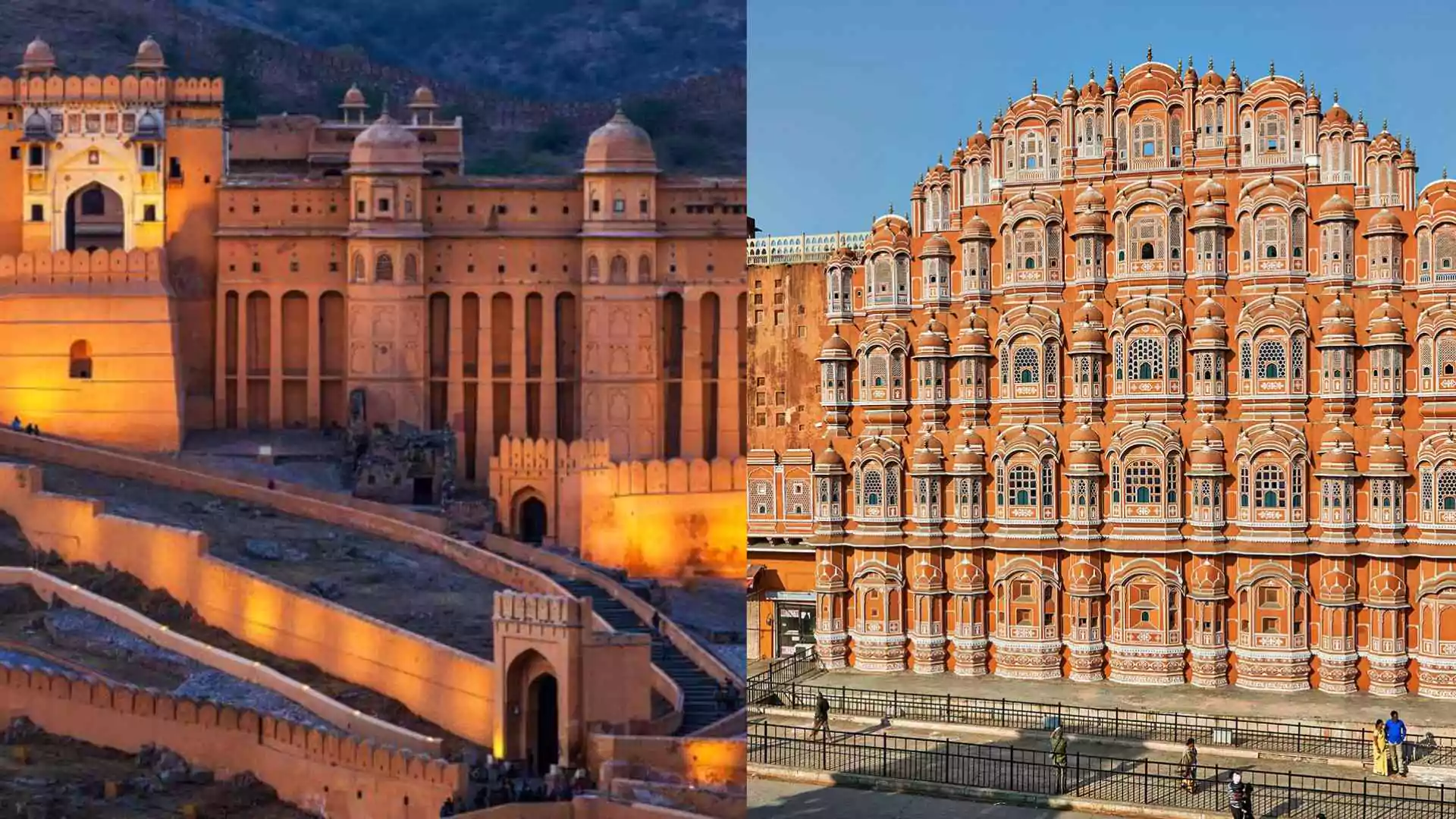In a significant escalation of military tensions, Israeli forces executed an airstrike on several Iranian military installations, inflicting damage on facilities associated with Tehran’s past nuclear weapons program and its ballistic missile capabilities.
This operation, described as Israel’s first “open” attack, particularly affected the Parchin military base and the Khojir military base, both strategically important sites southeast of the Iranian capital.
Damage To Key Military Installations
Satellite imagery indicates that the strike resulted in notable damage at both the Parchin and Khojir bases. Parchin has long been under scrutiny by the International Atomic Energy Agency (IAEA), which suspects it was the site of past high-explosive tests potentially linked to nuclear weapon development. While Iran maintains that its nuclear pursuits are peaceful, the IAEA and various Western intelligence agencies assert that Tehran actively pursued a weapons program until 2003.
At Khojir, analysts believe the facility houses a network of underground tunnels and missile production sites, making it a focal point of Iran’s military strategy. Iranian military sources have not acknowledged the extent of damage from the Israeli airstrike, though they confirmed the deaths of four Iranian soldiers involved in air defense operations during the assault.
Iranian Leadership’s Response
In the wake of the attack, Iranian Supreme Leader Ayatollah Ali Khamenei commented on the situation, urging a balanced perspective without calling for immediate retaliation. In a separate statement, Israeli Prime Minister Benjamin Netanyahu asserted that the airstrikes significantly harmed Iranian military capabilities and accomplished all intended objectives.
Reports indicate that the Israeli strike impacted several provinces in Iran, including Ilam, Khuzestan, and Tehran. Satellite images from Planet Labs revealed burned fields surrounding the Tange Bijar natural gas production site in Ilam province, although it remains uncertain whether this was directly related to the military operation.
The most striking damage was recorded at Parchin, approximately 40 kilometers southeast of Tehran, where at least one structure appeared to be completely destroyed. Satellite images also revealed damage at Khojir, with at least two buildings showing signs of destruction.
Experts, including those from the Virginia-based think tank CNA and the Washington-based Foundation for Defense of Democracies, were among the first to assess the damage. Their findings correlated with video evidence obtained by the AP, showing Iranian air defense systems operating in the vicinity during the attack.
Historical Context Of Parchin
The Parchin military base has been associated with Iran’s past nuclear ambitions. David Albright’s Institute for Science and International Security identified a specific structure at Parchin, known as “Taleghan 2,” which was reported to house facilities for conducting high explosive tests. A 2018 report by the institute indicated that such tests may have involved simulating a nuclear explosive’s initiation using natural uranium.
In a statement shared on social media, the institute remarked on the uncertainty regarding whether Iran utilized uranium in the “Taleghan 2” facility, but acknowledged the possibility of research into the compression of uranium hemispheres. This speculation aligns with Iran’s attempts to renovate the site discreetly after the IAEA sought access to Parchin in 2011.
Despite the Israeli strikes, the IAEA confirmed that Iran’s nuclear facilities were not impacted, with Director General Rafael Mariano Grossi emphasizing the continued safety of inspectors and the necessity for restraint regarding nuclear materials.
Other facilities at Khojir and Parchin may have housed industrial mixers used in creating solid fuel for Iran’s ballistic missile arsenal. Following the airstrikes, the Israeli military claimed that the targeted sites were integral to the missile manufacturing capabilities utilized in recent attacks against Israel.
Impact On Iran’s Ballistic Missile Program
The destruction of these military sites poses a considerable setback for Iran’s ability to replenish its ballistic missile arsenal, especially following previous attacks. In 2022, U.S. military officials estimated that Iran’s overall ballistic missile inventory exceeded 3,000 missiles, including shorter-range variants incapable of reaching Israel.
While no videos or images of missile parts or damage in civilian areas emerged after the airstrikes, suggesting precision targeting, one factory did appear to have been affected. The Shamsabad Industrial City facility, situated near Imam Khomeini International Airport, suffered damage that aligned with reports about a company known as TIECO, which specializes in manufacturing advanced machinery for Iran’s oil and gas sector.
MUST READ | Japan’s Ruling Coalition Loses Majority: What Lies Ahead?






















